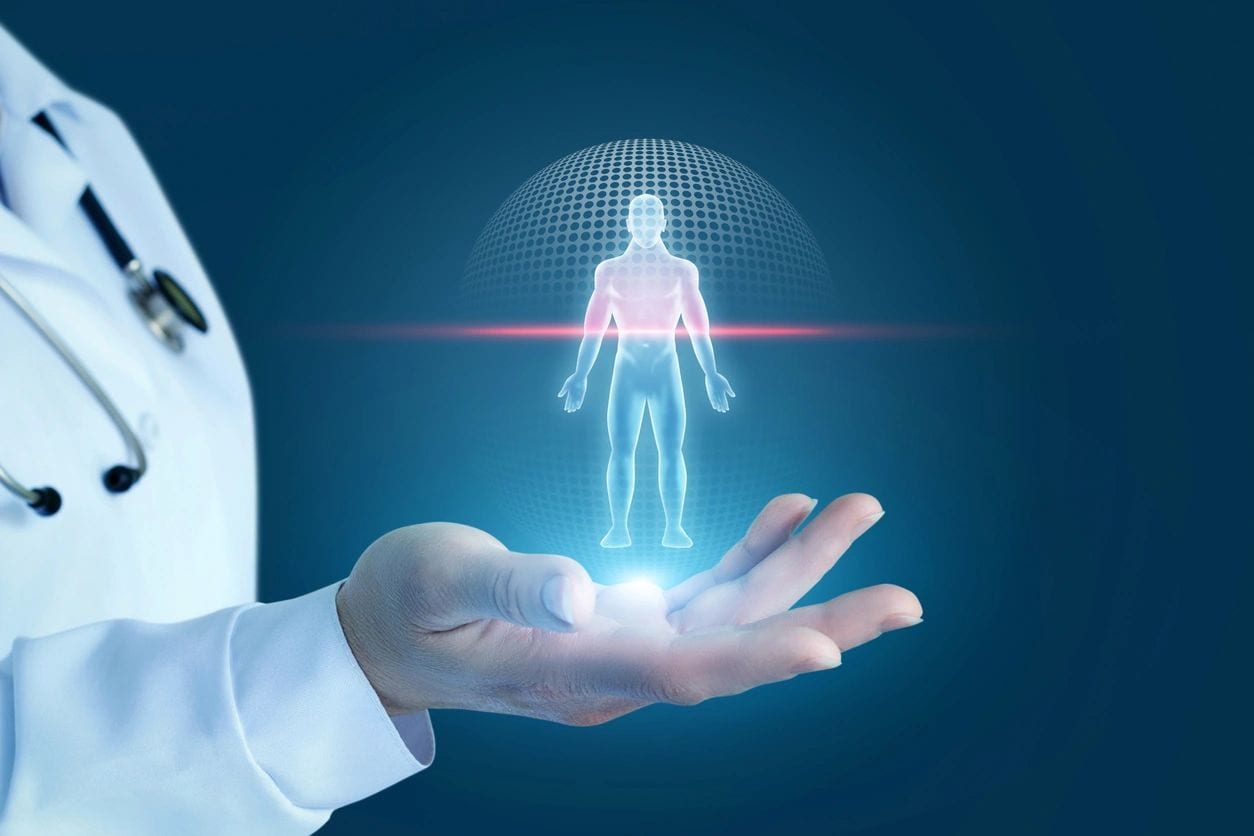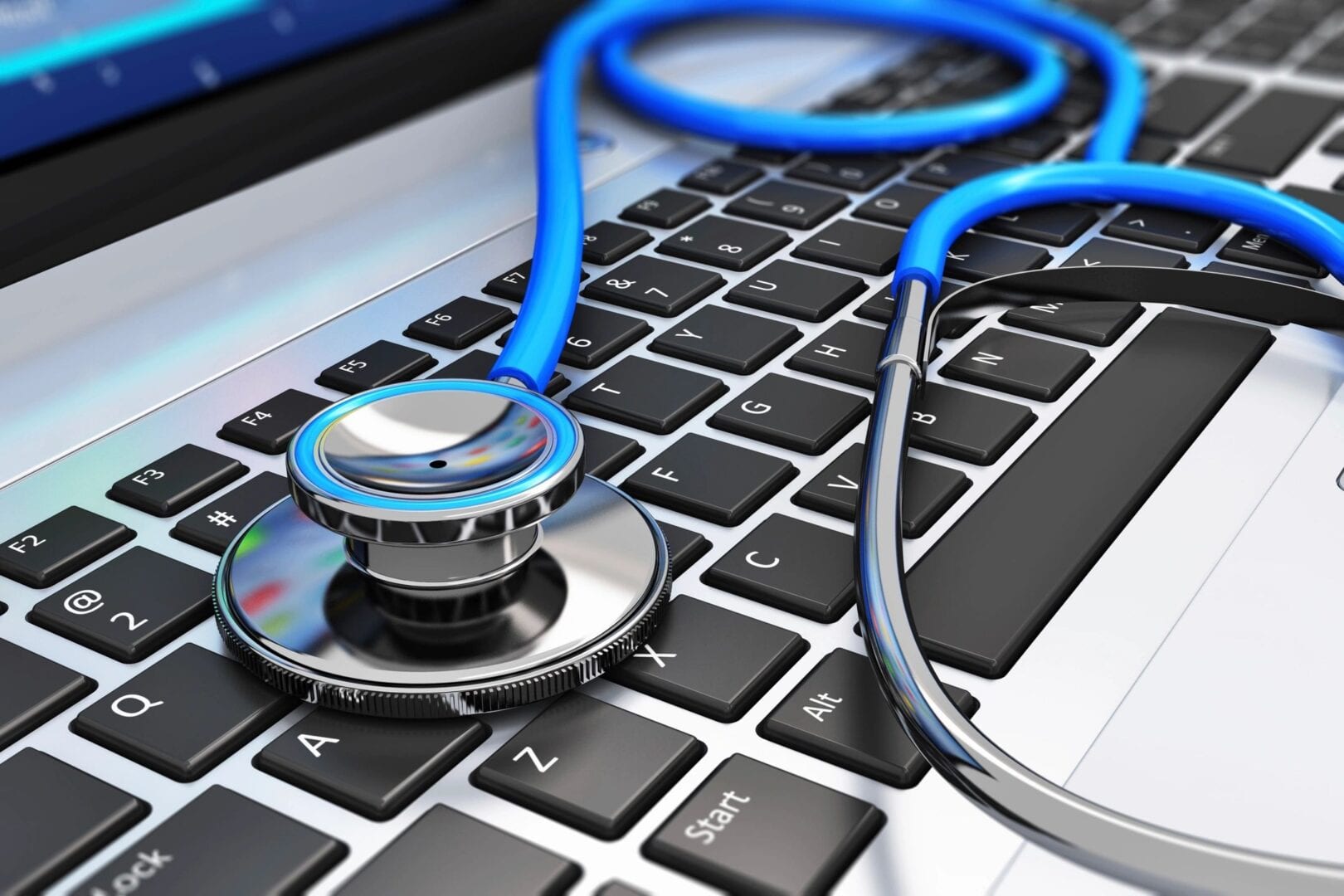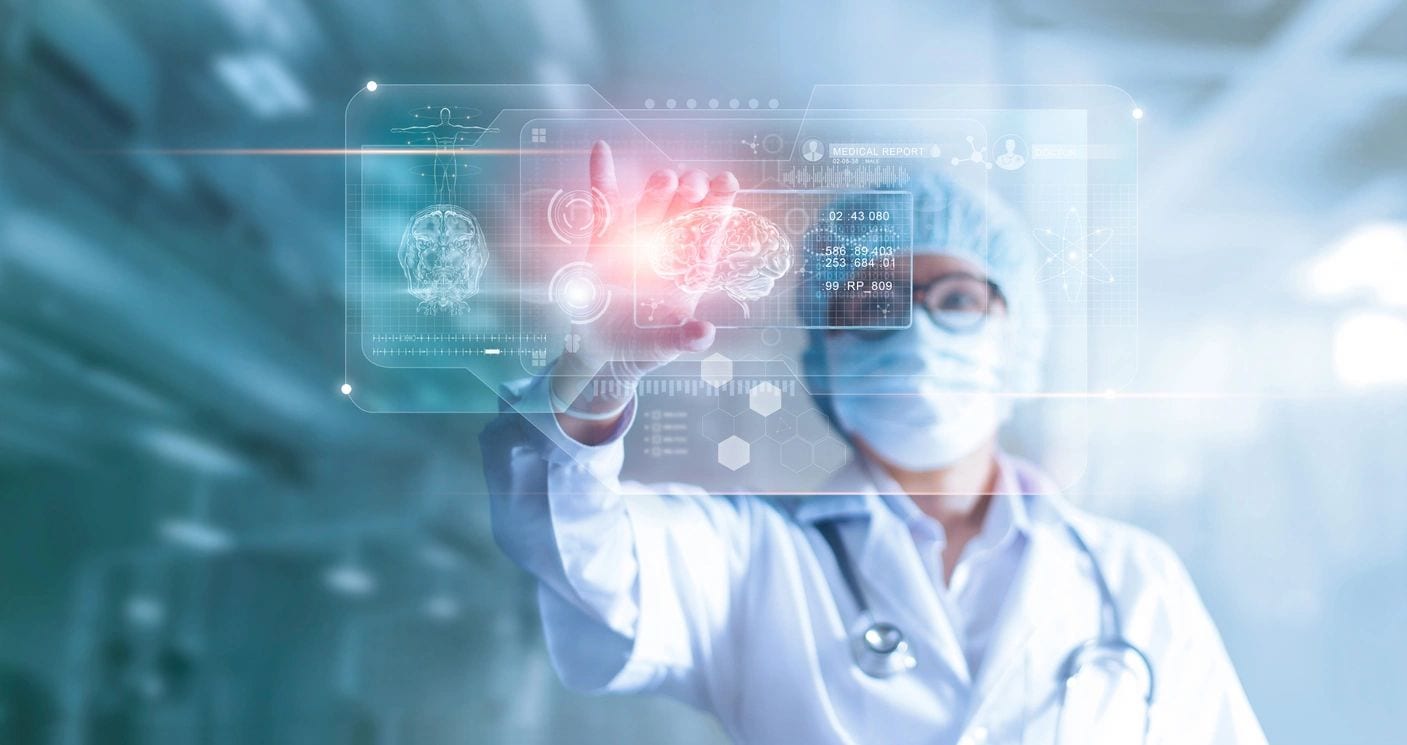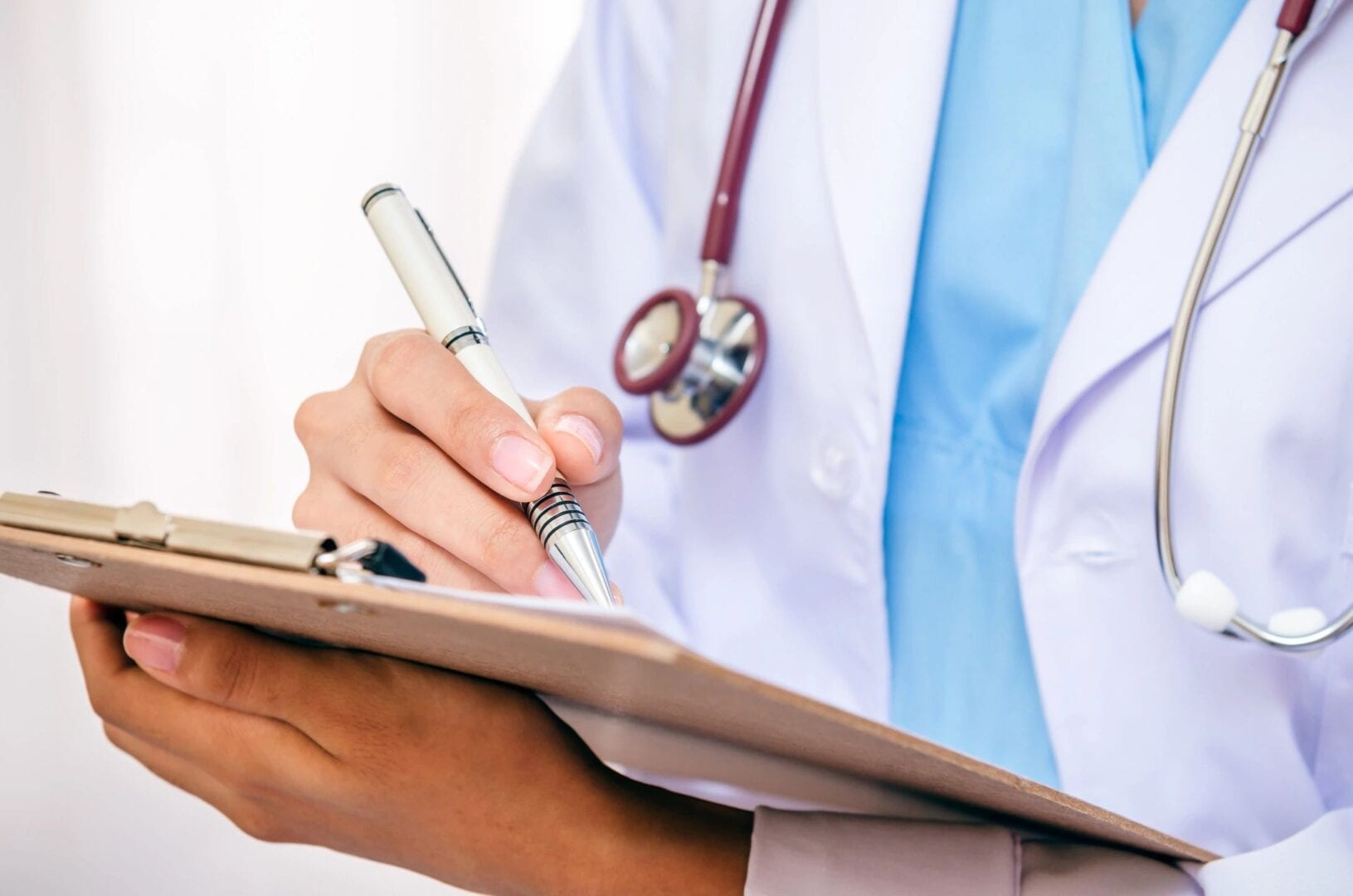Bronchoscopy
An In-Depth Explanation of Fiberoptic Bronchoscopy

Alternative Names:
Fiberoptic bronchoscopy
Bronchoscopy is a test to view the airways and diagnose lung disease. It may also be used during the treatment of some lung conditions.
How the Test is Performed
A bronchoscope is a device used to see the inside of the airways and lungs. Although it can be flexible or rigid, a flexible bronchoscope is almost always used. The flexible bronchoscope is a tube less than 1/2 inch wide and about 2 feet long. Rarely, a rigid bronchoscope is used. The scope is passed through your mouth or nose, through your windpipe (trachea), and then into your lungs. Going through the nose is a good way to look at the upper airways. The mouth method allows the doctor to use a larger bronchoscope.
If a flexible bronchoscope is used, you will probably be awake.
A rigid bronchoscope requires general anesthesia. You will be asleep.
How to Prepare for the Test
Do not eat or drink anything 6 - 12 hours before the test. Your doctor may also want you to avoid any aspirin, ibuprofen, or other blood-thinning drugs before the procedure.
You may be sleepy after the test, so you should arrange for transportation to and from the hospital. Many people want to rest the following day, so make arrangements for work, child care, or other obligations. Usually, the test is done as an outpatient procedure, and you will go home the same day. Some patients may need to stay overnight in the hospital.


How the Test Will Feel
Local numbing medicine (anesthesia) is used to relax and numb your throat muscles. Until the anesthetic begins to work, you may feel fluid running down the back of your throat and have the need to cough or gag.
Once the medicine takes effect, you may feel pressure or mild tugging as the tube moves through the windpipe (trachea). Although many people feel like they might suffocate when the tube is in the throat, there is NO risk of this happening. The medicines given to relax you help with these symptoms and will help you forget most of the procedure.
When the anesthetic wears off, your throat may be scratchy for several days. After the test, the cough reflex will return in 1 - 2 hours. You will not be allowed to eat or drink until your cough reflex returns.
Why the Test is Performed
You may have a bronchoscopy to help your doctor diagnose lung problems. Your doctor will be able to inspect the airways or take a biopsy sample.
Common reasons to perform a bronchoscopy for diagnosis are:
You may also have a bronchoscopy to treat a lung or airway problem, such as to:
Normal Results
Normal cells and fluids are found. No foreign substances or blockages are seen.

What Abnormal Results Mean
Many disorders can be diagnosed with bronchoscopy, including:
Risks
The main risks from bronchoscopy are:
There is also a small risk of:
In the rare instances when general anesthesia is used, there is some risk for:
There is a small risk for:
When a biopsy is taken, there is a risk of severe bleeding (hemorrhage). Some bleeding is common. The technician or nurse will monitor the amount of bleeding.
There is a risk of choking if anything (including water) is swallowed before the numbing medicine wears off.
Disclaimer:
Adapted from Medline plus, a service of the US National Library of Medicine and NIH